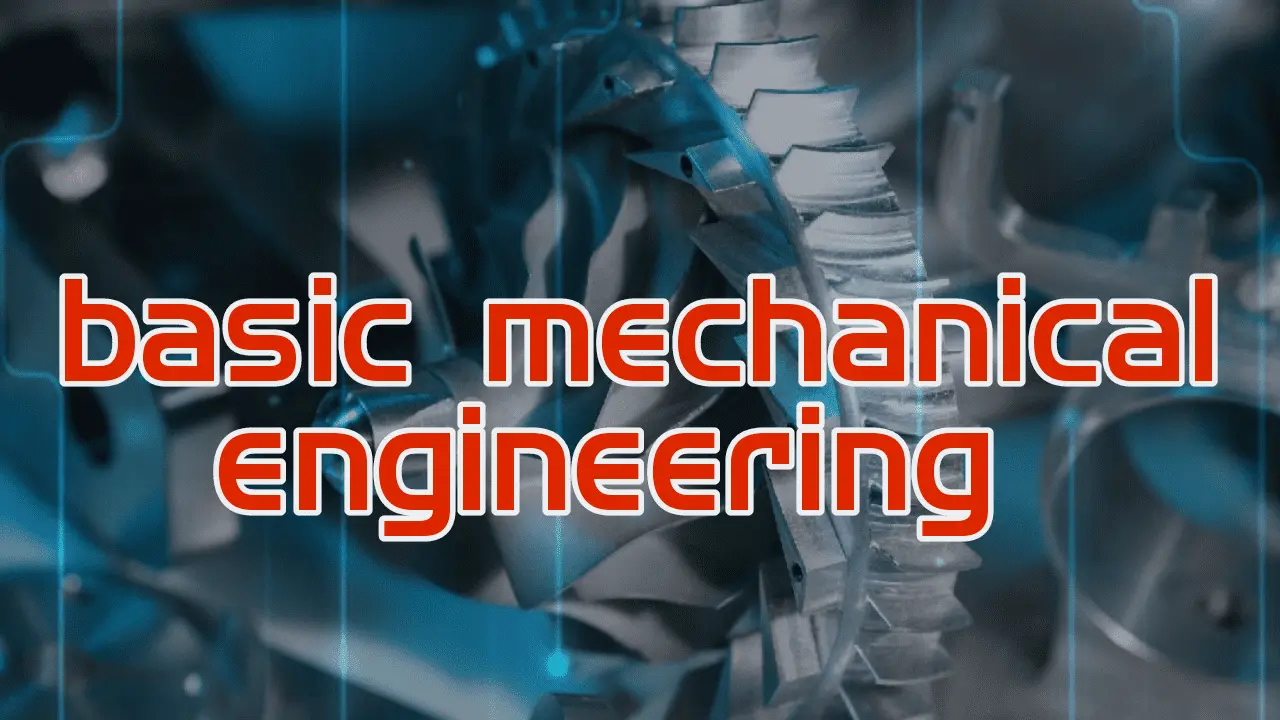1. Introduction:
In this chapter, we delve into the fundamentals of mechanical engineering, starting with the concept of prime movers and their various types. The core concepts of force, pressure, energy, work, and power are discussed in detail. Moreover, we explore essential aspects of thermodynamics such as system analysis, heat, temperature, specific heat capacity, change of state, path, process, cycle, internal energy, and enthalpy. The statements of the Zeroth Law and the First Law of thermodynamics are also covered comprehensively.
2. Energy:
This section introduces the diverse range of energy sources available to us, including fossil fuels, nuclear fuels, hydro, solar, wind, and biofuels. Additionally, we address critical environmental concerns related to these energy sources, such as global warming and ozone depletion.
3. Properties of Gases:
Here, we focus on the properties of gases and their behavior under various conditions. The fundamental gas laws, namely Boyle’s law, Charles’s law, Gay-Lussac’s law, and Avogadro’s law, are discussed in depth. The combined gas law and gas constant are also covered, along with insights into specific heat capacities and non-flow processes such as constant volume, constant pressure, isothermal, adiabatic, and polytrophic processes.
4. Properties of Steam:
This chapter deals with the formation and types of steam, as well as crucial properties like enthalpy, specific volume, internal energy, and dryness fraction of steam. The use of steam tables and steam calorimeters is explained in detail.
5. Heat Engines:
The concept of heat engine cycles and heat engines is explored in this section. We discuss various working substances and classify heat engines. The thermal efficiency of important cycles, such as Carnot, Rankine, Otto, and Diesel, is also thoroughly described.
6. Steam Boilers:
This chapter introduces steam boilers, their classifications, and details of Cochran, Lancashire, and Babcock and Wilcox boilers. Additionally, the functioning of different mountings and accessories used in steam boilers is covered.
7. Internal Combustion Engines: Here, we delve into internal combustion engines, their classifications, and essential details. The differences between four-stroke and two-stroke cycles for petrol and diesel engines are explained, along with discussions on indicated power, brake power, and efficiency.
8. Pumps:
This section focuses on the types and operation of reciprocating, rotary, and centrifugal pumps, with special attention to priming techniques.
9. Air Compressors:
Here, we explore the types and operations of reciprocating and rotary air compressors, with a specific emphasis on the significance of multistage compression.
10. Refrigeration & Air Conditioning:
The chapter covers refrigeration systems, including vapor compression and vapor absorption systems. We discuss domestic refrigerators, window air conditioners, and split air conditioners.
11. Couplings, Clutches, and Brakes:
In this section, we examine the construction and applications of various couplings (box, flange, pin type flexible, universal, and Oldham), clutches (disc and centrifugal), and brakes (block, shoe, band, and disc).
12. Transmission of Motion and Power:
Here, we study shafts and axles, as well as different arrangements and applications of belt drives, chain drives, friction drives, and gear drives.
13. Engineering Materials:
The final chapter covers the types, properties, and applications of various engineering materials, such as ferrous and non-ferrous metals, timber, abrasive materials, silica, ceramics, glass, graphite, diamond, plastics, and polymers.



